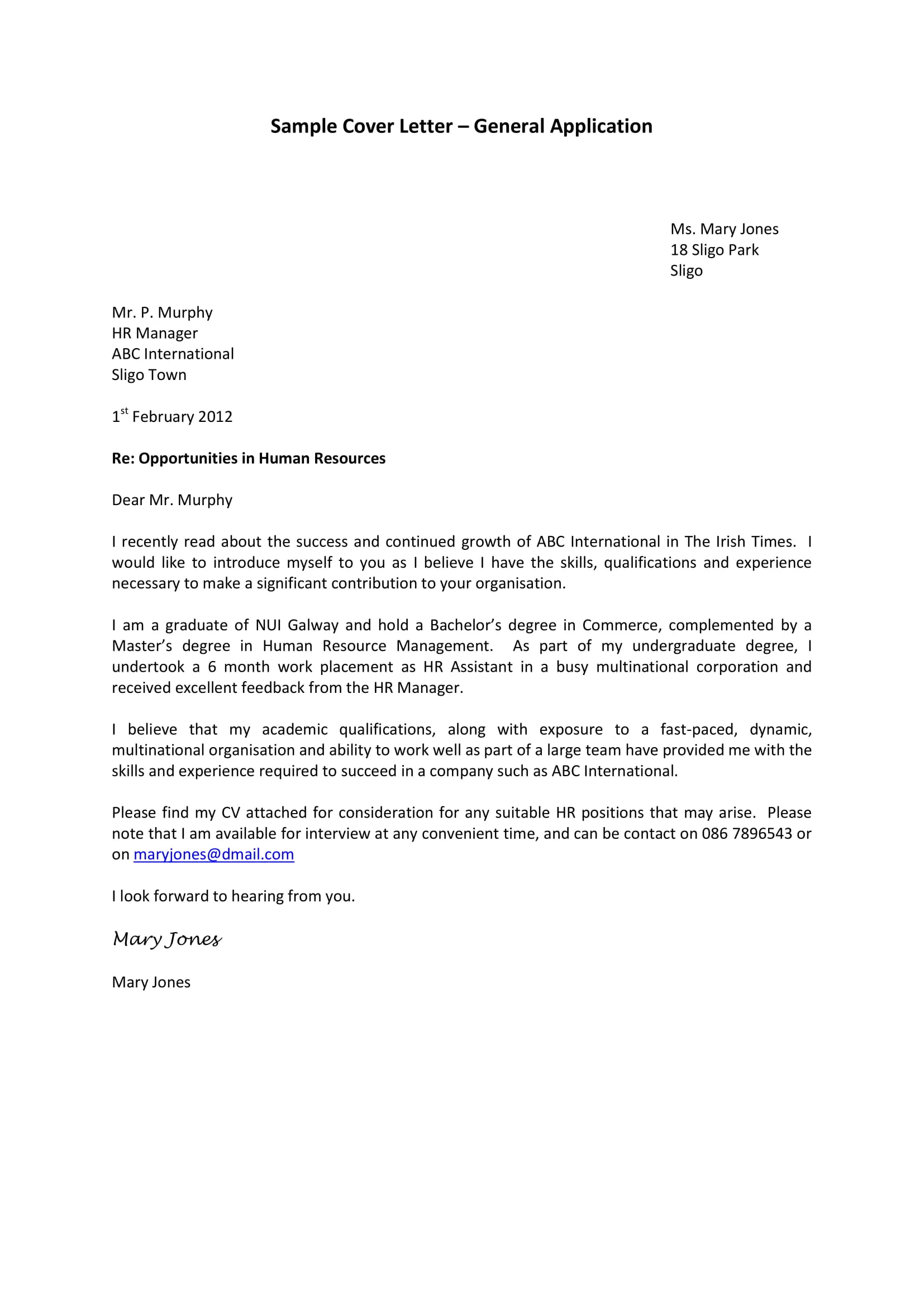Understanding the Power of Cover Letters
In the competitive world of job applications, a well-crafted cover letter can be your most powerful tool. It’s your first opportunity to make a strong impression on a potential employer and set yourself apart from other candidates. Unlike your resume, which provides a factual overview of your experience and skills, a cover letter allows you to showcase your personality, express your enthusiasm for the role, and explain why you are the perfect fit for the company. This is where you make your case for why you deserve an interview. It’s not just a formality; it’s a strategic advantage. The cover letter provides a space to articulate your unique value proposition, highlighting the specific skills and experiences that align with the job requirements and demonstrating your genuine interest in the position and the company. This allows you to connect with the hiring manager on a deeper level and make a lasting impression.
Why Cover Letters Matter
Cover letters matter because they provide context to your resume. They allow you to tell a story, explaining your career journey and highlighting the experiences that have shaped you. Many employers actively seek cover letters because they offer a glimpse into the candidate’s communication skills, attention to detail, and personality. They are an important opportunity to address any gaps in your resume or to explain why you’re transitioning into a new field. Furthermore, a compelling cover letter can significantly increase your chances of landing an interview. It proves your interest and initiative. A strong cover letter does more than just list your qualifications; it demonstrates how those qualifications meet the specific needs of the employer, making a clear and compelling case for why you should be hired.
Cover Letters vs. Resumes
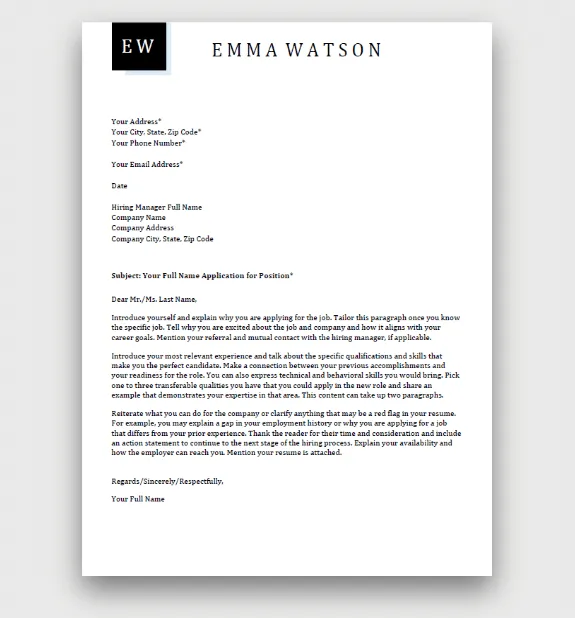
Resumes and cover letters serve distinct, but complementary, purposes in the job application process. Your resume is a concise summary of your professional background, including your work history, education, skills, and accomplishments. It’s a factual document designed to provide a quick overview of your qualifications. In contrast, the cover letter is a narrative document. It allows you to expand on your resume, providing context and demonstrating your personality and enthusiasm. While the resume is a list, the cover letter is a story. While a resume focuses on ‘what’ you have done, the cover letter focuses on ‘why’ you are a good fit and ‘how’ you can contribute to the company. Both are essential components of your application; one provides the facts, and the other explains their significance.
Essential Components of a Cover Letter
Header Section
The header of your cover letter should include your contact information, such as your name, phone number, email address, and sometimes your LinkedIn profile URL. Also, include the date, followed by the recipient’s information (hiring manager’s name, title, company name, and address, if available). This ensures your letter is easily identifiable and allows the recipient to contact you. It also shows that you are organized and professional, as these details are often overlooked. Make sure your contact information is accurate and up-to-date. The header provides a clear indication of who you are and how you can be reached.
Opening Paragraph
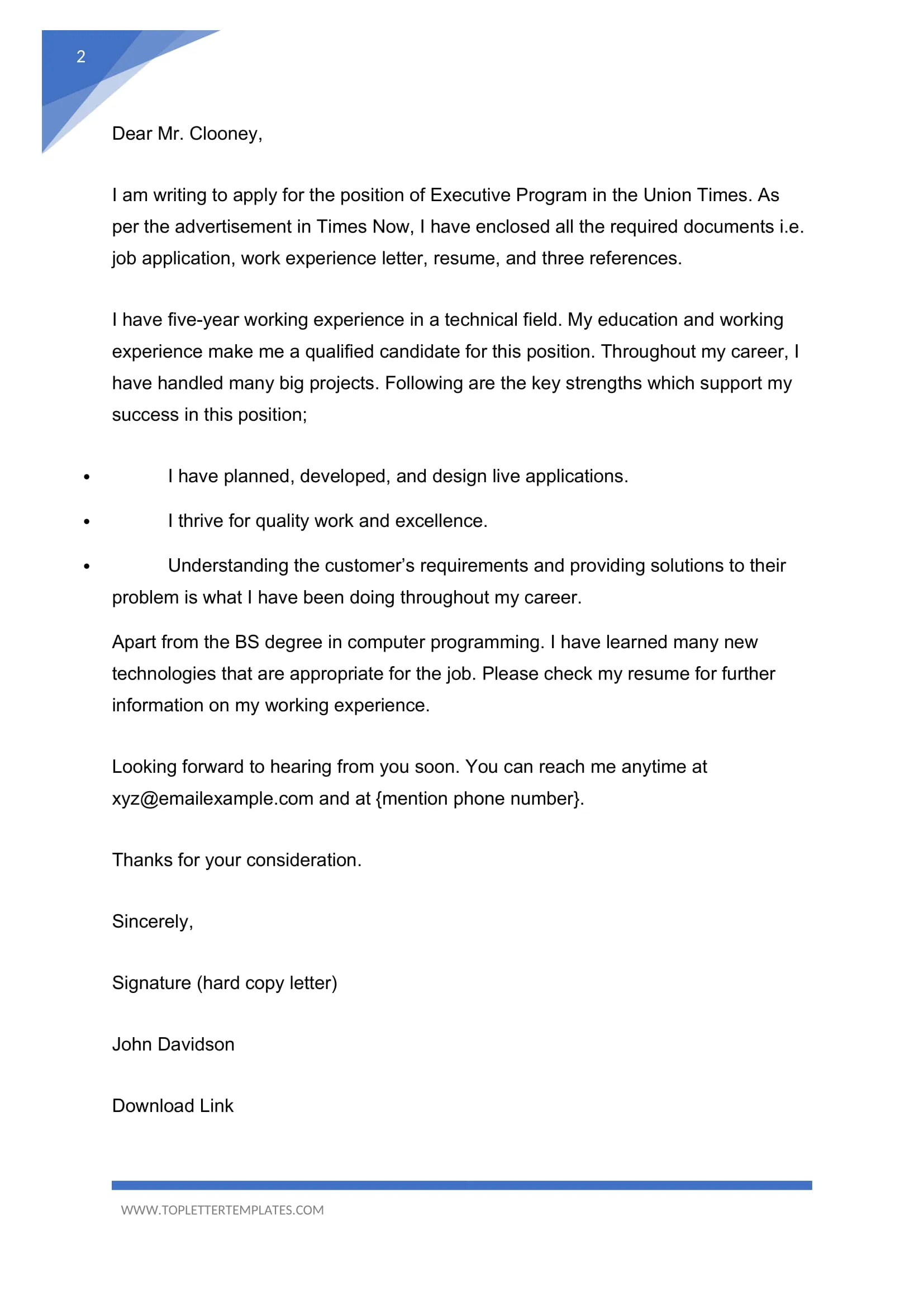
The opening paragraph is your first chance to grab the hiring manager’s attention. Start with a strong hook, such as mentioning where you saw the job posting or expressing your excitement about the opportunity. Clearly state the position you are applying for and briefly mention why you are interested in the role and the company. This is where you create an initial positive impression, showcasing your enthusiasm. If you have a connection or referral, mention it here. Your opening paragraph needs to be concise, engaging, and clearly state your purpose. This immediate clarity sets the tone for the rest of your letter, encouraging the reader to continue.
Body Paragraphs
The body paragraphs are where you highlight your relevant skills and experience, providing specific examples to support your claims. Use these sections to demonstrate how your qualifications align with the job requirements. The body paragraphs are the meat of your cover letter. Each paragraph should focus on a specific aspect of your skills or experience. Use the STAR method (Situation, Task, Action, Result) to describe your accomplishments, showing how you have solved problems and achieved results in previous roles. Be specific and provide concrete examples. Ensure you tailor these sections to match the job description, emphasizing the skills and experiences most relevant to the position. This is where you sell yourself effectively, showing how you can contribute to the company.
Highlighting Relevant Skills and Experience
When highlighting your skills and experience, focus on the qualifications most relevant to the job description. Carefully review the job posting and identify the key requirements. Then, in your cover letter, provide specific examples of how you have demonstrated these skills in the past. Use action verbs to describe your accomplishments. This demonstrates to the hiring manager that you have the necessary skills and experience to succeed in the role. Back up your claims with quantifiable results and specific examples. Provide details about the situations, your tasks, the actions you took, and the positive results. This demonstrates to the employer how you can contribute to their team and achieve their goals. Show, don’t just tell; this makes your skills and experience much more impactful.
Quantifying Achievements

Quantifying your achievements adds credibility and impact to your cover letter. Whenever possible, use numbers, percentages, or other metrics to illustrate your accomplishments. For example, instead of saying you ‘improved sales,’ say that you ‘increased sales by 15% in one quarter.’ This provides concrete evidence of your abilities and demonstrates the value you bring to an organization. Specific, measurable achievements are far more compelling than general statements. Quantifiable results are much more effective. They show the direct impact of your actions and help the hiring manager to understand your contributions. By including these details, you make your case stronger and more memorable.
Tailoring to the Job Description
Customizing your cover letter to match the specific requirements of each job is crucial. Before writing, carefully read the job description and identify the key skills, qualifications, and experiences that the employer is seeking. Tailor your cover letter to address these requirements directly. Highlight how your skills and experience align with what the employer is looking for. Show the hiring manager that you understand the role and the company’s needs. A generic cover letter will not impress a hiring manager. Demonstrate your thoroughness and attention to detail by personalizing each cover letter. This shows you are genuinely interested and have taken the time to understand the specific requirements of the role. By demonstrating how your qualifications specifically meet the needs of the employer, you will greatly increase your chances of landing an interview.
Closing Paragraph
Your closing paragraph should restate your interest in the position and express your enthusiasm for the opportunity. Reiterate your key qualifications and thank the hiring manager for their time and consideration. Include a clear call to action, such as inviting them to contact you or stating that you look forward to hearing from them soon. This is your final opportunity to leave a positive and lasting impression. Ensure your closing is polite, professional, and concise. A well-crafted closing paragraph reinforces your key points and gives you the best chance of receiving a positive response. Keep your tone positive, and let the reader know you are eager to move forward in the application process. Your closing is essential.
Expressing Enthusiasm and Call to Action
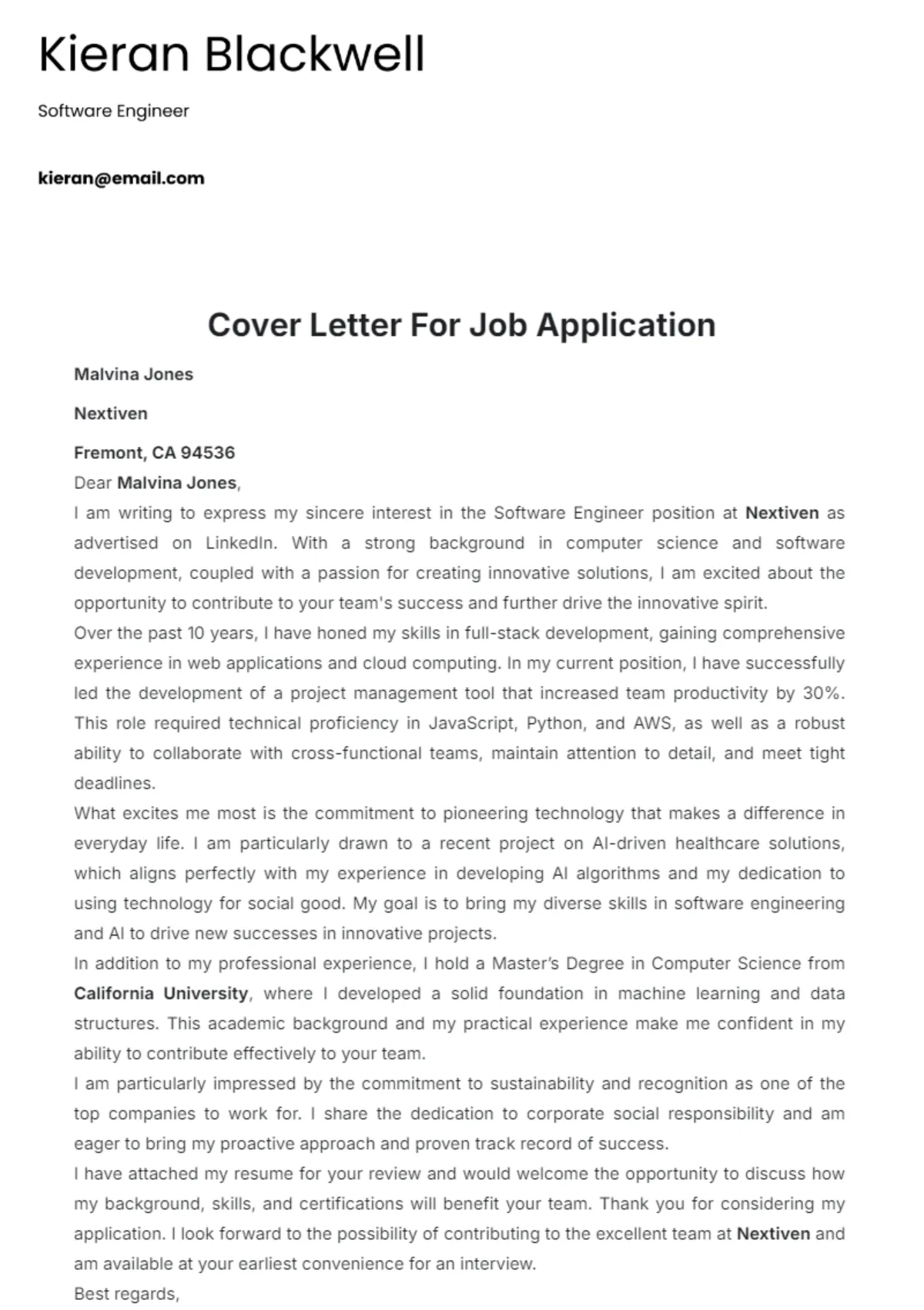
Expressing enthusiasm for the position and the company is vital. Let the hiring manager know why you are excited about the opportunity and why you are a good fit for the team. Your enthusiasm is contagious and can make a significant difference. Show that you have researched the company and understand their mission, values, and goals. This demonstrates your genuine interest. After you express your enthusiasm, include a clear call to action. This could be as simple as stating that you look forward to hearing from them soon or inviting them to contact you if they have any questions. A strong call to action prompts the reader to take the next step. Your closing paragraph is your final opportunity to make a positive impression.
Types of Cover Letter Samples
Entry-Level Cover Letter Sample
Entry-level cover letters are aimed at candidates with limited professional experience. Focus on highlighting your educational background, any relevant internships or volunteer work, and any transferable skills. For example, if you are applying for an administrative assistant role, you could focus on your experience with organization, time management, and communication. These cover letters are essential to show the hiring manager your interest. Emphasize any projects, coursework, or extracurricular activities that demonstrate your skills. This allows you to illustrate your abilities. Mentioning any technical skills, such as proficiency in Microsoft Office or other software, will be useful. Show how your skills and experiences align with the job requirements, even without extensive work history. Demonstrating your potential is key.
Mid-Career Cover Letter Sample
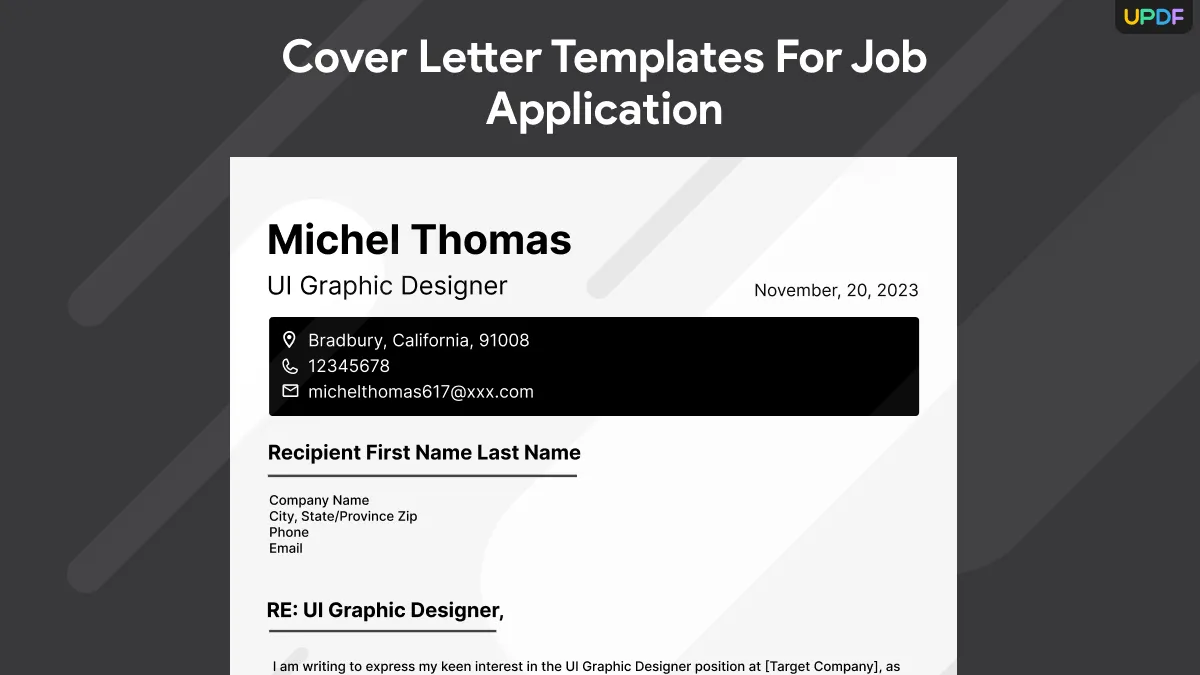
Mid-career cover letters should highlight your professional experience and accomplishments. Provide specific examples of how you have excelled in previous roles, demonstrating your leadership skills, problem-solving abilities, and contributions to the company. Focus on quantifying your achievements. These cover letters should show the progression of your career. Tailor your letter to the specific requirements of the new role. Provide concrete examples. This is essential for proving your capabilities. Use action verbs to describe your accomplishments, and emphasize the positive results you achieved. Your skills and experience are invaluable.
Executive Cover Letter Sample
Executive cover letters need to project a professional and confident tone. Highlight your leadership experience, strategic thinking, and ability to drive results. The primary focus is on demonstrating your impact and ability to manage. Include any significant achievements. This should focus on demonstrating your abilities and the impact you can make on the company. Use concise language and a professional tone. Quantify your achievements by providing specific examples. Demonstrate your leadership skills. Ensure you emphasize your leadership experience and strategic thinking. Tailor your cover letter to reflect the expectations of the role. Focus on your ability to drive results.
Industry-Specific Cover Letter Samples
Industry-specific cover letters are tailored to a particular field. If you’re applying for a role in a specific industry, such as marketing, finance, or healthcare, you should tailor your cover letter to address the specific requirements and terminology of that industry. This shows the hiring manager that you understand the unique needs of their industry. For example, if you are applying for a marketing position, highlight your experience with digital marketing, content creation, and social media. Use industry-specific keywords and terminology. Focus on demonstrating your relevant knowledge and skills. If you are seeking a finance position, focus on your analytical skills and experience in financial analysis, budgeting, and reporting. The key is to customize your cover letter to the specific industry.
Formatting and Design Tips

Choosing the Right Font and Font Size
The font and font size you choose can impact how your cover letter is perceived. Select a professional, easy-to-read font. Examples include Times New Roman, Arial, Calibri, and Helvetica. Stick to a font size between 10 and 12 points for the body of your text. These fonts and sizes are considered standard and are easily readable for the reader. A simple, clean font ensures your letter looks professional and is easily accessible. Avoid using overly decorative or unconventional fonts. The goal is to make your cover letter easy on the eyes and to convey a sense of professionalism. This makes it easy for hiring managers to read and process the information. Ensure the font and size are consistent throughout the document.
Formatting for Readability
Formatting your cover letter for readability is essential to make a good impression. Use clear headings and subheadings to organize your content. Break up large blocks of text into smaller, more manageable paragraphs. Use bullet points to highlight key achievements or skills. This helps the reader quickly scan your letter and find the information they need. Include adequate white space between paragraphs and sections. Maintain consistent margins. This improves the overall appearance and readability of your cover letter. Formatting improves the appearance, and makes your cover letter easier to read. A well-formatted cover letter makes it easier for the hiring manager to grasp the important points.
Proofreading and Editing
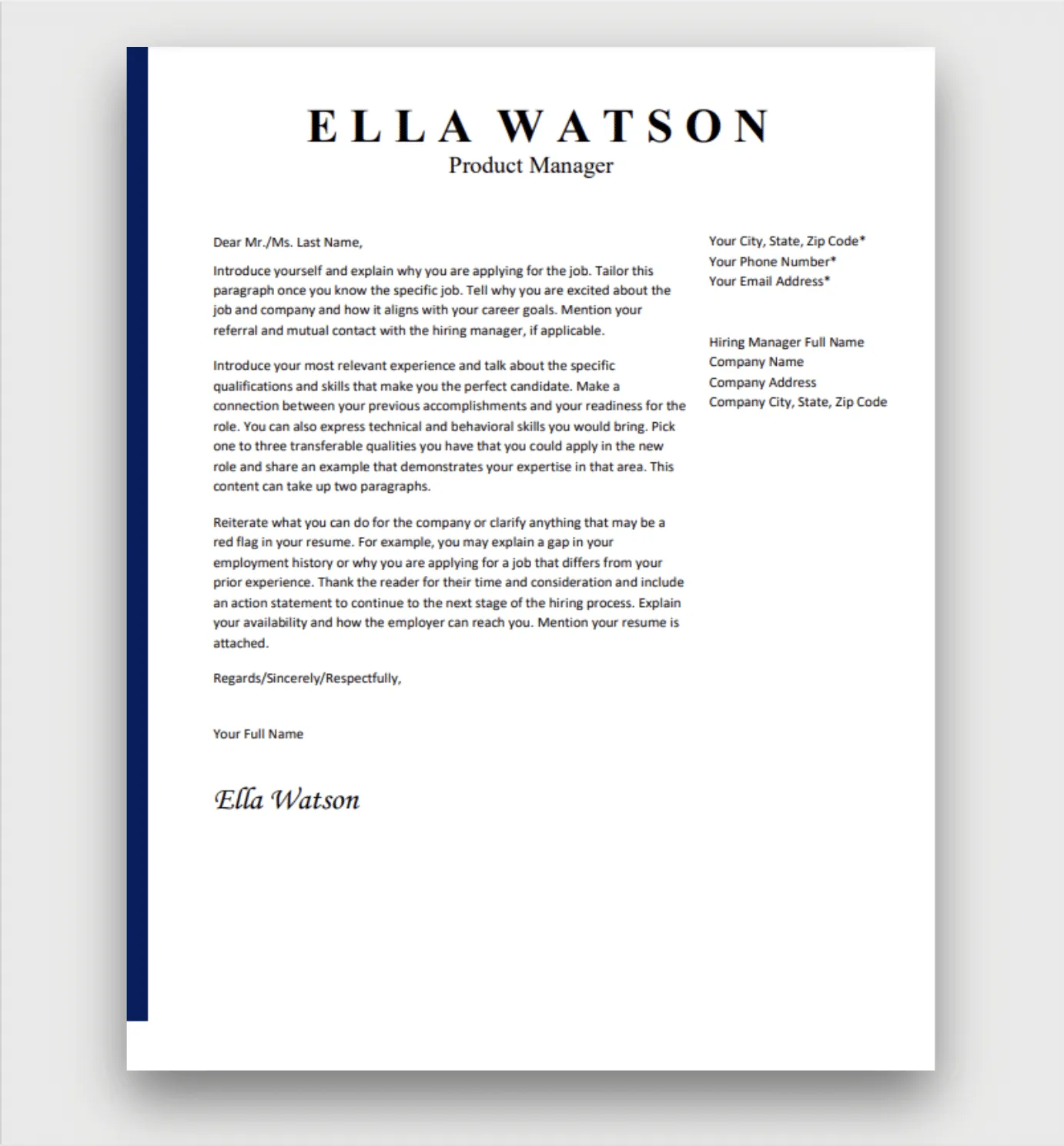
Proofreading and editing your cover letter is crucial to avoid errors. Carefully check for any typos, grammatical errors, and punctuation mistakes. Always read your cover letter at least twice. Use a grammar checker to catch any errors you might have missed. Asking a friend or colleague to review your letter can also provide a fresh perspective. Proofreading is a critical step, as any errors can make you look careless. Ensure the language is clear and concise. Proofreading prevents typos and improves the overall professionalism of your cover letter, which leads to better chances of getting an interview.
Common Mistakes to Avoid
Generic and Uninspired Content
Avoid using generic and uninspired content in your cover letter. A generic cover letter does not showcase your personality, enthusiasm, or specific skills. Generic letters do not grab the hiring manager’s attention. This makes you appear uninspired and uninterested in the role. Tailor your cover letter to each job application. This shows the hiring manager you are interested. Avoid phrases that sound like you are simply copying from a template. Focus on providing specific examples that show how your skills and experiences meet the job requirements. A personalized and engaging cover letter sets you apart from the competition. Customization is the key.
Typos and Grammatical Errors
Typos and grammatical errors can undermine your credibility. They suggest a lack of attention to detail and can make a negative impression on hiring managers. Always proofread your cover letter carefully before submitting it. These errors make you look unprofessional. Use a grammar checker and consider asking a friend or colleague to review it as well. Ensure the language is clear and concise. Errors can distract the reader and make it difficult for them to focus on your qualifications. The appearance of your cover letter is important, and mistakes can ruin your chances of being selected.
Ignoring the Job Description
Ignoring the job description is a significant mistake. You need to tailor your cover letter to match the specific requirements and keywords. Failing to do so shows that you lack attention to detail and may not be a good fit for the role. Always read the job description carefully and identify the key skills, qualifications, and experiences the employer is seeking. Tailor your cover letter to address these requirements directly. Ignoring the job description demonstrates a lack of understanding of the role. Highlighting how your skills and experience align with the job requirements is essential to making a strong impression. By making your application specific, you’ll improve your chances of being selected.
Where to Find Free Cover Letter Samples
Online Resources and Websites
Several online resources and websites offer free cover letter samples and templates. Websites such as Indeed, Resume.com, and CareerBuilder offer a wide range of templates. They are also great tools for generating your cover letters. These resources offer a wide variety of samples. Many websites provide customizable templates. They are useful resources to show you the different options for your cover letter. Also, many career websites provide articles and advice on how to write an effective cover letter. Use them as a starting point for inspiration. Using these resources helps you learn the format.
Professional Templates and Generators
Professional cover letter templates and generators can simplify the process of creating a cover letter. These tools provide pre-designed templates. Many sites offer customizable options. This can help you save time and ensure that your letter has a polished and professional look. Use these generators and templates. These allow you to easily add your information and customize the content to match your qualifications and the job requirements. While these templates are helpful, it’s important to remember to personalize your cover letter. This can help make it more effective. Make your cover letter stand out.
Maximizing Your Chances of Success
To maximize your chances of success, take the time to write a strong and compelling cover letter. Tailor each letter to the specific job you are applying for. Proofread your letter carefully for errors. By following these tips, you can create a cover letter that stands out from the competition. This makes a great impression. A well-written cover letter will help you secure an interview and increase your chances of landing your dream job. Make it a goal to write a customized cover letter.
